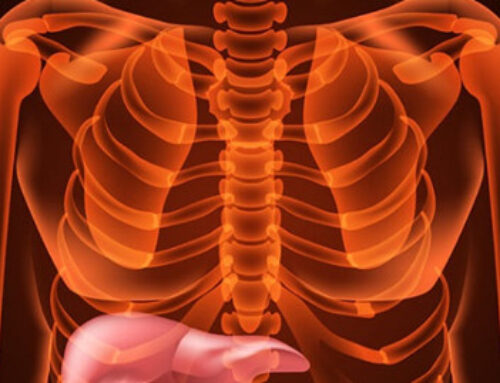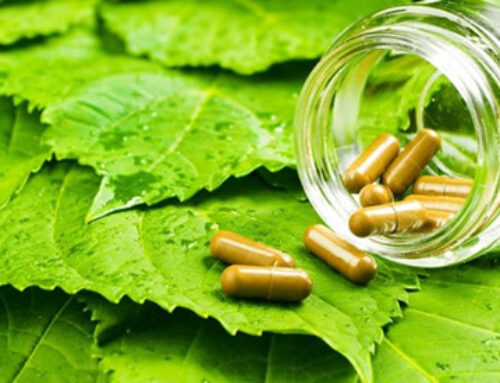There is nothing I enjoy more than spending some time in the sun. I remember as a teenager spending the day at the beach with friends, getting a lovely tan, feeling so relaxed and calm. Did I use sunscreen? No, there wasn’t such a thing. But I would walk to a little store by the beach and buy a small bar of pure cocoa butter which I rubbed all over my skin while I laid in the sand. I loved how it made me smell like a chocolate bar!
Today we take special effort to apply sunscreen to our skin when we spend time outdoors. When my kids were in preschool, their teachers would apply sunscreen before they went out for recess. Many people have a phobia of the sun and worry excessively about skin cancer but the sun is not an enemy, it is an ally. We evolved in sunshine, so why do we have so many problems with sun now? Our tolerance to the sun has changed over the last five or six decades and this lack of tolerance to sunshine translates into higher rates of skin cancer. Our friend has turned into a foe, or so it seems.
How did our great grandparents and our ancestors before them deal with the sun, especially when they needed to work outside for an entire day in full sunshine? My heritage includes pioneers and farmers. My grandparents on both sides worked the fields in Idaho and Utah, and that meant lots of time in the sun. Sunburns were prevented by using long sleeves and a wide-brimmed hat. And, they had a diet that naturally prevented sunburn.
The biochemistry of sunlight
A low-nutrient diet can cause our skin to burn easily (ref. Plourde). Minerals, antioxidants and fatty acids protect us from the sun’s rays. When we don’t have these nutrients in our diet, we are unable to protect ourselves from the strong rays, which can cause radiation damage. This damage can turn to cancer. As I improve my diet over the years, I find that I have a much higher tolerance for sunshine and rarely burn, even with my naturally fair skin.
Some of you may notice a sense of well-being after spending time in the sun. When our skin is exposed to sunshine, the UV rays cause nitric oxide to release into the blood stream. This “feel-good gas” is a chemical transmitter that brings blood pressure down, which can reduce chest pain and improve cardiovascular health (ref. Plourde). Just 30 minutes of sun three times a week has been shown to bring down blood pressure by 40 points, according to the Vitamin D Council.
Vitamin D3 is sometimes referred to as the “sunshine vitamin” and is best when we get it naturally, from the sun. Few foods contain D3, and the synthesized form D2 – which is added to foods like milk, for example – is undesirable. Vitamin D3 is created when the sun’s UV rays hit cholesterol stores in the skin. Vitamin D3, which is actually a hormone, is utilized by our body to complete hundreds of metabolic functions.
Vitamin D3 levels in the body drop when we don’t get enough of the UV rays responsible for its production. This happens when we stay inside, use sun block, or live in a place where there is little sun exposure. The benefits of sunshine and its ability to increase your vitamin D3 levels are very important. Some of the benefits of high levels of D3 include:
- It increases the levels of natural antibiotics that keep the immune system strong
- Helps build strong bones and maintain healthy joints
- High levels of D3 help prevent autism, arthritis, M.S., fibromyalgia, Parkinson’s and many more
- The ability to prevent chronic pain which affects half the population on a daily basis
- Vitamin D3 allows our body to efficiently absorb calcium from our food and deposit it in the bones
- D3 has strong anti-inflammatory and anti-oxidant properties that prevent inflammation and free radicals from attacking our body tissues
- Vitamin D3 reduces swelling, thus reducing pain and increasing flexibility
- It helps eliminate toxic compounds in the body
- D3 causes the brain to produce more endorphins, which lowers anxiety and can help cure and prevent depression
- It may help prevent Type 1 diabetes
Limiting sun exposure
There are plenty of good reasons to spend some time in the sun but, as with everything, too much can become a problem. It is important to be aware when you’ve had enough and to put on a hat and shirt before becoming sunburned. It is also important to avoid sunscreen, which is likely not giving you the protection you think it is. Sunscreen typically combats UVA and UVB rays but there are many more rays that it doesn’t address, like near infrared rays, which penetrate deeply and destroy collagen and elastin in the skin (ref. Plourde).
Another issue with sunscreen is that it provides a false sense of security. The threat of sunburn used to motivate us to limit our exposure before our skin was permanently damaged, but the frequent application of sunscreen allows us to spend hours in the sun without visible damage. The damage still occurs at a cellular level, we are simply not aware of it.
Two common ingredients in sunscreen, titanium dioxide and zinc oxide, have been used in sunscreens for a long time. Years ago, manufacturers reduced these metal particles down to nano-sized particles, which have been shown to cause enormous harm. Titanium dioxide nanoparticles can kill skin cells and, because of their small size, they can cross the cell membrane and pass into the nuclei of cells and cause damage to DNA as well. These particles can also cross the blood-brain barrier, which exists to keep these types of poisons away from our delicate brain cells. Other ingredients like retinyl palmitate, a known skin cancer causer, and oxybenzone, a hormone disruptor that causes cell damage and cancer, are common ingredients in sunscreen.
Sunscreens and our environment
The addition of these chemicals into our environment was never studied before their approval. It has now been shown that zinc oxide nanoparticles are lethal to phytoplankton, the animals that exist on the bottom of our marine food chain. As we all know, the base of the food chain is incredibly important, so this is a huge environmental concern. In addition, studies show that other marine life can be damaged by zinc oxide nanoparticles. Other sunscreen chemicals can cause damage, such as benzophenone-3 (BP3), octyl methoxycinnamate (OMC), 4-methylbenzylidene camphor (4-MBC), and butyl paraben (BP). Some of these chemicals are so dangerous that even in low levels they can cause coral death in 96 hours (ref. Plourde). Many of these chemicals are hormonally active and can be found in all the waters of the world, causing fish to exhibit both male and female traits (ref. Plourde).
It appears our diet once again plays a critical role in our ability to be able to live healthy lives, which includes time in the sun. We can and should spend a few hours in the sun at a time and allow our bodies to synthesize D3 without slathering ourselves with dangerous, chemically-laden sunscreens.
Raw, organic coconut oil is a great, natural sunscreen. It has been used for thousands of years by Pacific Islanders and is a great way to nourish your skin while protecting it from too much sun (ref. Fife). A nutrient-dense, antioxidant-rich diet will also make it possible to spend reasonable amounts of time in the sun, knowing you are protected by natural substances.
Here’s to a healthy summer and a golden tan!
Also see my article Sunshine for Vitamin D3.
Cited References:
- Plourde E. Exposing the hazards of sunscreen. Price-Pottenger Journ. Health & Heal. 36; 1:18-23.
- Fife B., C.N., N.D., The Coconut Oil Miracle. Random House Publishing, Penguin Group; 2013. ISBN: 978-1-58333-544-4










